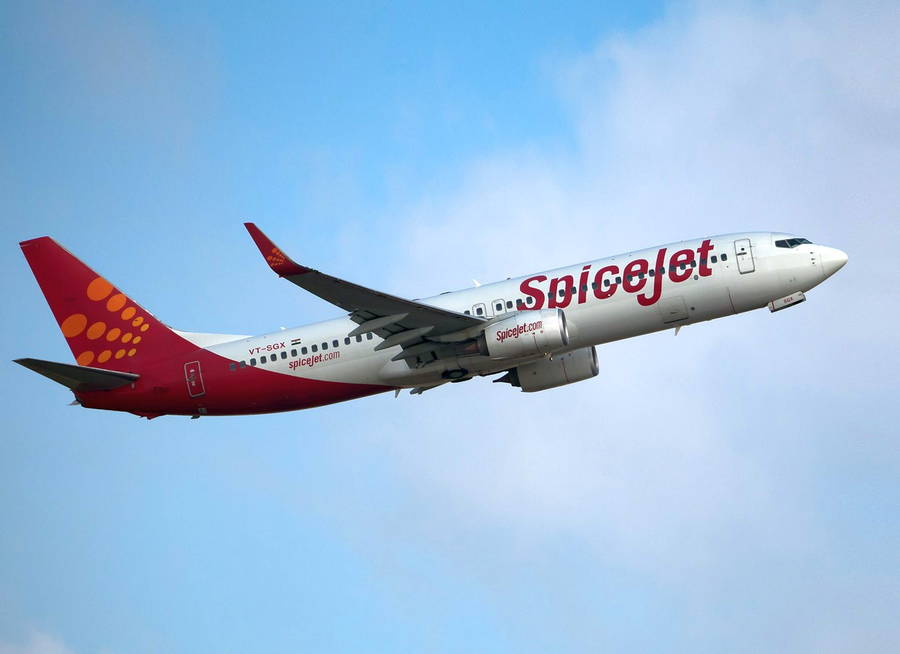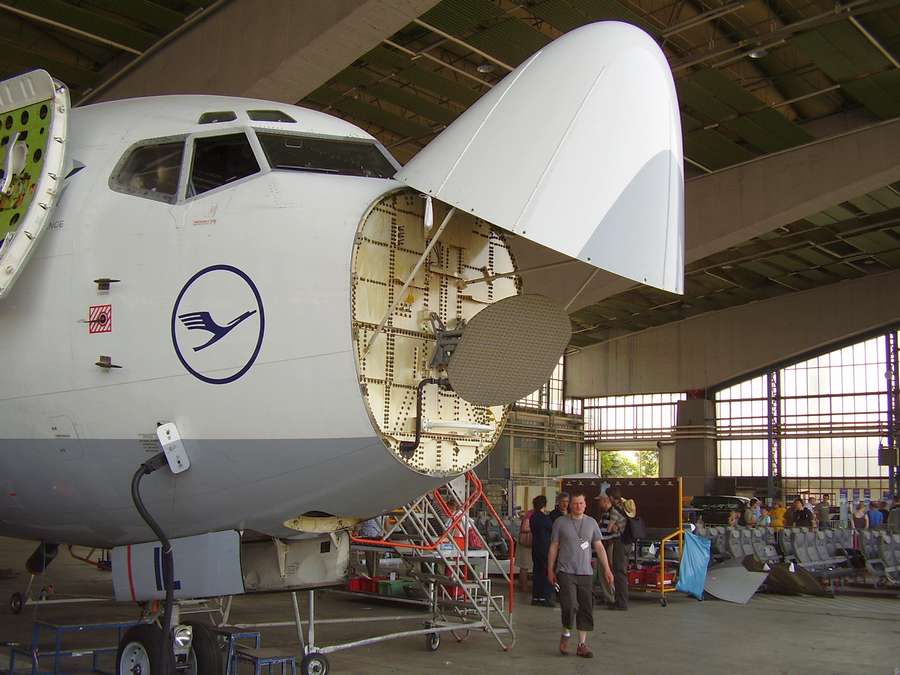After several people ended up in hospital in this accident, authorities are investigating why this SpiceJet 737 flew through a thunderstorm.

17 people received serious injuries, with several of them having to spend the night in hospital. Three cabin crew members were among those with serious injuries. One person suffered spinal injuries. And contrary to previous reports, it appears that the event happened when the seat belt sign was illuminated, as the flight was descending. We already looked at this event shortly after it happened.
But since then, it became clear that the SpiceJet flight flew through a thunderstorm, which caused this chaos. The aircraft, a fifteen-and-a-half-year-old Boeing 737-800, sustained damage in its cabin. The turbulence dislodged several fittings, including some roof panels, possibly contributing to people’s injuries. There was impact damage from cabin crew equipment and passenger items, with the entire cabin in disarray.
Around twelve passengers were injured due to severe turbulence on a #SpiceJet Mumbai-Durgapur flight while it was descending for the destination airport.
Read more here: https://t.co/5tWstLuiFd pic.twitter.com/VysuYmuzEn
— Hindustan Times (@htTweets) May 2, 2022
The Only Aircraft To Attempt To Fly through
The SpiceJet flight is not the first case where passengers and crew suffer injuries after encountering a thunderstorm. However, the phenomenon is unusual, with this being only the third such case in India in the past few years. But in this case, it appears that the presence of the thunderstorm was obvious to several other flights. Such thunderstorms are typical this time of the year, in that region.
Two IndiGo flights went through the same area, shortly before or after the accident flight. But unlike the SpiceJet crew, these flights deviated, to avoid the thunderstorm. Further, there was another SpiceJet flight going from Delhi to Hanoi in Vietnam, that also deviated. In the last few days, it appears that the accident aircraft’s weather radar has attracted some attention from the authorities.

But it isn’t clear if the main focus here is the radar itself, or the way the flight crew used it. However, SpiceJet issued a statement, to clarify the system’s possible role in this thunderstorm encounter. It said:
“The weather radar on this aircraft did not have issues. The aircraft had operated four sectors prior to this sector on May 1. This weather radar has a manual tilt setting to allow the pilot to set the tilt function as per the flight profile. Pilots use manual tilt to check the weather above and below their flight path.
“This feature is common to all weather radars, including the latest models. Pilots are welltrained to use this function and do so regularly and effectively every day to avoid areas of bad weather (turbulence). They have been doing so for years.”

SpiceJet 737s, The Thunderstorm And Weather Radars
Media in the country point out that there are two types of weather radars in use in 737NGs around the world. Newer ones tilt their antenna up and down automatically, depending on the phase of the flight. Older ones, including that on the SpiceJet 737 caught up in a thunderstorm, have manually-tilted antennas.
As SpiceJet’s statement says, adjusting the antenna manually is part and parcel of the training that 737 pilots do. However, this airline has a total of 52 737s. And according to local media, only nine of them, including the SpiceJet 737 experiencing this thunderstorm, have the older radar. These sources seem to suggest that the pilots may have been less familiar with this system, even though it’s commonplace in 737s around the world.

If you didn’t see this story before, this incident happened on Sunday, the 1st of May. It involved SpiceJet flight SG-945, going from Mumbai Chhatrapati Shivaji International (VABB) to Andal Kazi Nazrul Islam (VEDG) in India. Interestingly, it appears that the SpiceJet crew of the other aircraft in the area, heading for Vietnam, informed the crew of the accident aircraft that they and everyone else were deviating around the thunderstorm.
A footnote in this story is that the aircraft, with tail number VT-SLH, returned to service just days after the accident. A crew actually positioned the jet to Kolkata (VECC) just seven hours afterwards. It seems to have returned to commercial flights from the 5th of May, four days after the event.



